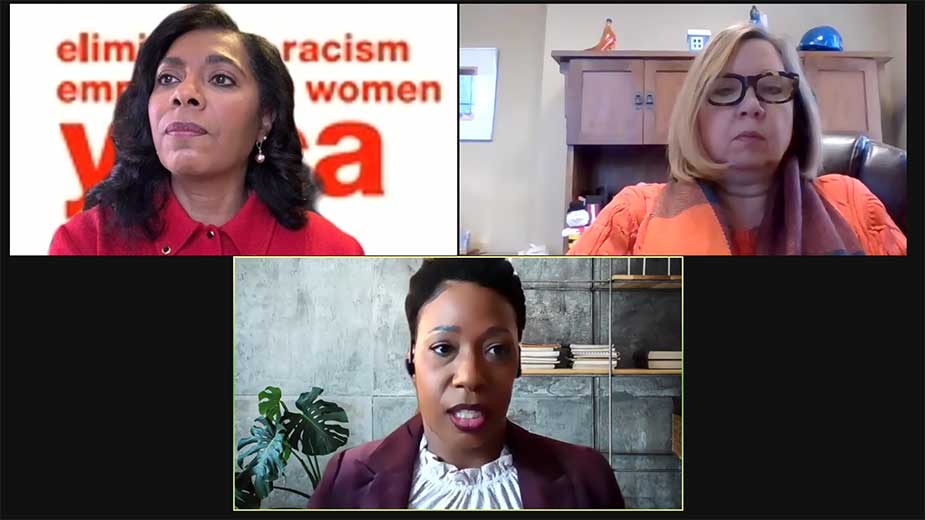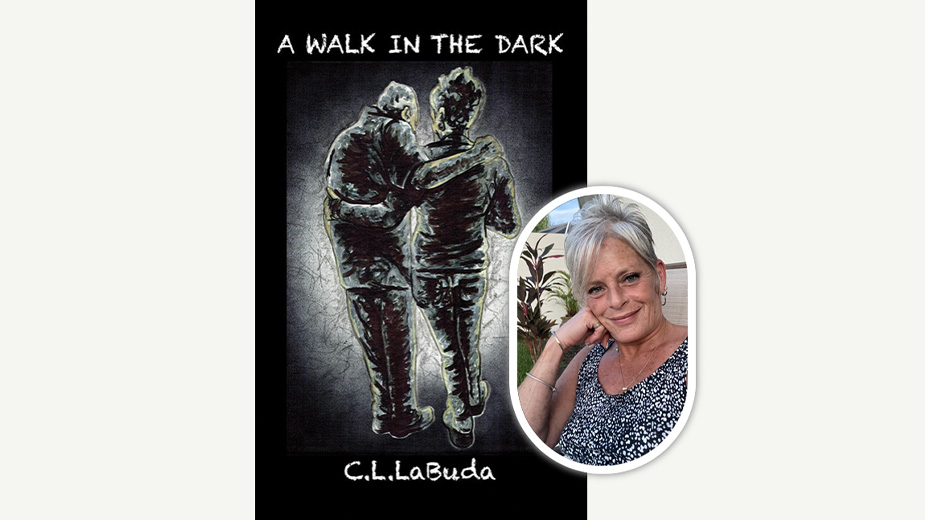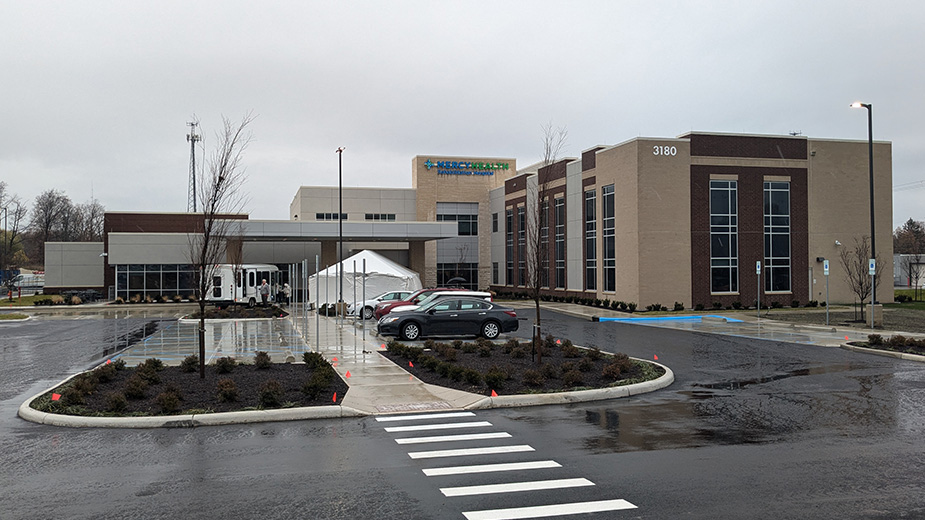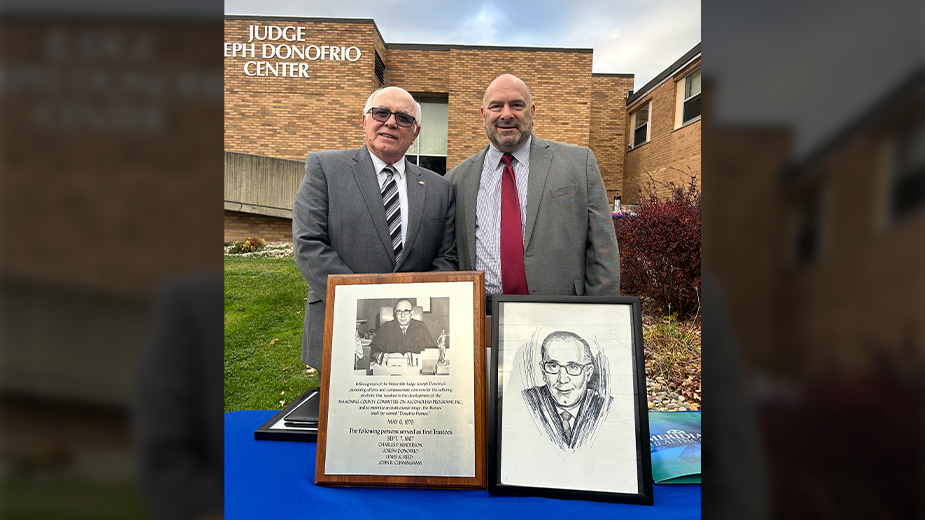In Work to Address Racism as Health Crisis, Valley Efforts Look at Toledo
YOUNGSTOWN, Ohio – Last summer, as protests demanding racial justice broke out across the country and governments began declaring racism a public health crisis, some 40 Black leaders from the Toledo area convened to start a discussion on what solutions would look like in their community.
Over the course of meetings, brainstorming sessions and hours dedicated to research, The Unification Coalition, a group led by YWCA of Northwestern Ohio President and CEO Lisa McDuffie, put together a report – the Toledo Black Agenda – outlining the six pillars “vital to the success and equality of the Black community.”
“It is our manifesto. It gives the steps and what you need to know about racism and recommendations of various colors about what needs to be done to address it,” McDuffie said Monday at a webinar hosted by the YWCA of the Mahoning Valley.
While it was created by people from Lucas County and focuses on solutions to the communities there, it can still function as a framework for the Mahoning Valley, where both Youngstown and Warren declared racism a public health crisis last summer.
“When we look at equity across the board, there aren’t a lot of differences. Those pillars that Lisa talked about are very real in all our communities,” said Michelle Edison, director of health equity strategies and initiatives for Mahoning County Public Health. “Our solutions might be different, but the impacts are the same. We appreciate the work Toledo has done in identifying those areas and laying out areas that need to be addressed.”
Those pillars – criminal justice, economics justice, education, health equity, housing and workforce development – are all facets of a community’s health. All are areas that have policies and procedures, whether intentionally or not, that have led to systemic racism.
“[It’s] anything that reflects a significant impact on community health. It’s life expectancy. It’s the economy. All these together equal structural racism. It’s why racism is a public health crisis. Our exercise really started around issues of what needs to be gone,” McDuffie said. “If we imagine a world without racism, what wouldn’t be in it? Once we were able to identify those things, we brainstormed, compartmentalized and came up with our pillars.”
Read More from The Business Journal: How Systemic Racism Is a Public Health Crisis
With much of the Mahoning Valley’s economic development focus turned toward Lordstown and the Voltage Valley, access to the jobs created by those needs to be equitable, said Leah Merritt, president and CEO of the YWCA of the Mahoning Valley.
“How can we look at the pathways of connecting individuals to those living wage jobs when many times there are barriers people don’t think about?” she said. “Are there tests you need to take to get through? If there is, what do they need to know so you can get hired? We need to make sure those connections exist down to the elementary level so kids can be ready for success.”
In such an example, it’s easy to see how the pillars identified in Toledo are all intertwined and how they apply locally. And it’s why all areas need to be addressed in equal measure, though it doesn’t need to be one group doing all the work in every area. Merritt pointed to the Mahoning Antiracism, Justice and Inclusion Coalition, an effort connecting groups working toward racial equity with partners including the YWCA, local health districts and Healthy Community Partnership at the Community Foundation of the Mahoning Valley.
“It’s good for everyone. When people don’t thrive, it affects our community. Crime rates are higher. Disease statistics are higher. People don’t want to move a business to a community if there isn’t an education system,” Merritt said. “It all works together.”
Since local municipalities made their declarations of racism as a public health crisis, work has been going on behind the scenes to develop plans, Edison said. A crucial part is ensuring that people and organizations already doing work in advancing racial justice.
“For the past six-plus months, we’ve been convening leaders, stakeholders and entities that are doing work around health equity to come to the point of developing a comprehensive strategy, putting our money where our mouth is and taking action,” she said. “We talk about supporting each other and efforts already in place, as well as strengthening those efforts to collectively have a synergistic approach to improving outcomes.”
Among the outcomes touted by The Unification Coalition is the institution of universal pre-K education, an educational effort instituted in other parts of the state though not in Toledo.
“We know that an early start allows kids to enter kindergarten ready,” McDuffie said, adding that efforts toward racial equity need to be implemented through the education system. “We know that there’s a need for training on unconscious bias on an ongoing basis. It’s not one and done. It’s something important that must be shared throughout the school experience.”
In the Toledo Black Agenda, the team backed up all their statements and recommendations with statistics at all levels – national, statewide and local – to highlight the inequities faced by Black people and people of color. On the workforce front, it shows the income gap faced by Black workers; on average nationally, they earn 63 cents for every dollar made by White workers. Even for those with a college degree, the possibility of earning less than their White coworkers without a degree is very real.
“When we talk about climbing the economic ladder, we can’t ignore the fact that our C suite representation is extremely low. We know already that the culture of a workplace is created by the CEO and senior staff,” McDuffie continued. “In order to be able to embrace diversity and uproot racist tendencies, it takes not only the C suite and senior staff, but a total review of policy and procedure, of any informal rules that govern hiring and promotion.”
To fully eliminate racism as a public health crisis, each of the pillars needs to be addressed. That comes with the recognition that each pillar is connected to the others. Providing children of color with a comprehensive education, from pre-K through college, will provide them with opportunities to take jobs that pay living wages. It’s important that those jobs are available to them in the first place, something that a criminal record – which can be obtained for even minor offenses or no offense at all.
“When you get to the heart of inequities that exist in criminal justice, it always comes back to racial justice and the fact that police officers have a mentality, a training regimen, that allows them to stop individuals on the mere fact of suspicion,” McDuffie explained. “If there’s a fear-based tactic, we already know the outcome for people of color is not a positive one.”
While in those jobs, it’s imperative that the wealth gap be closed to ensure people of color can earn the same as their White colleagues. All the while, throughout the system, each step forward, statistically, leads to better health outcomes.
“The solution goes beyond a seminar or a couple webinars and concentrating on one pillar. We know it’s complex; we live through it,” she said. “If you fix housing but leave education broken, it’s not going to work. If you look at health equity but do nothing with workforce, you’ve missed the boat.”
Pictured: Taking part in the YWCA of the Mahoning Valley’s webinar on racism as a public health crisis were YWCA of Northwest Ohio President and CEO Lisa McDuffie, YWCA Mahoning Valley President and CEO Leah Merritt and Michelle Edison (bottom), Mahoning County Public Health director of health equity strategies and initiatives.
Copyright 2024 The Business Journal, Youngstown, Ohio.



